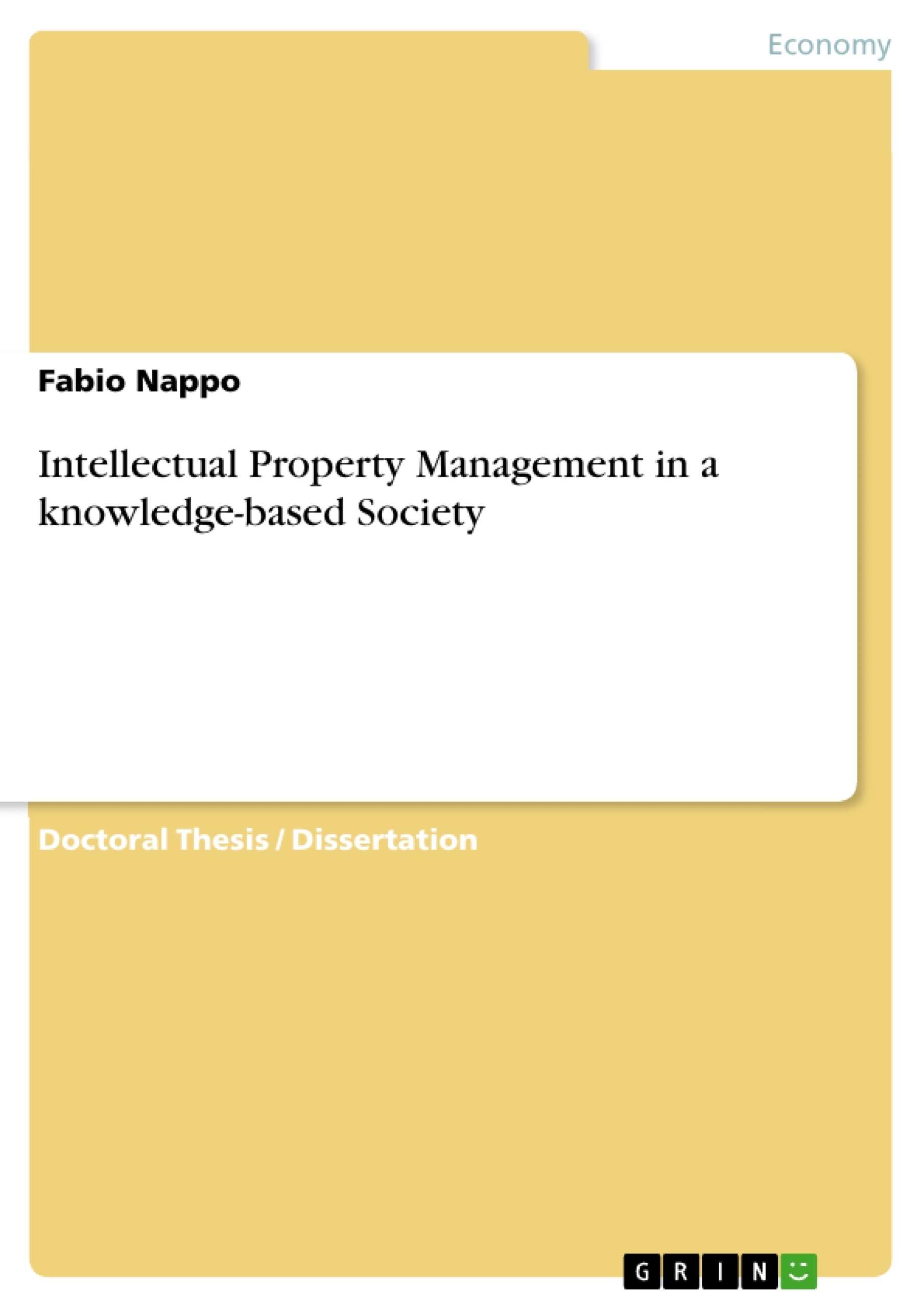In developing a modern enterprise special role was played by technological progress with the continuous and systematic effort to adapt to the foreground processes, production processes and their individual operations of the business. The production of goods with a strong "innovative power" and the invention of processes and tools to increase the efficiency of other inputs used are required to carry out activities in the fields of basic research, applied research and the design or development. The most immediately obvious application of the results of these types of industry research has focused on increasing the productivity of human labor and the simultaneous improvement in profitability management, become progressively more significant as and that the processes, phases and individual pieces of work have been reworked so as to allow the application of new scientific knowledge. A further consequence was the emergence of division of labor was progressively accentuated as they has been able to find specialized instruments - derived from the breakdown of manufacturing operations - which could be traced in the context of specific organizational roles. The scientific and technical progress has also been a substantial influence on company size and the structure of operating costs, in particular, the gradual adoption by businesses of more and more mechanized production processes led to the replacement of many variable costs with fixed costs, reconnect them to services provided by fixed assets and other services in proportion to the size of the plant, not just the volume of the product actually manufactured in a certain period of time. It has also been authoritatively stated that, currently, the power in society and a growing tendency for companies to join in the ability to create intellectual and intangible property type to control or provide access - via computer - to the enjoyment of tangible and intangible assets. It follows that, for the creation of business value the importance of intellectual property tends to increase and with it the ability of companies to develop ideas, information, concepts and innovative technologies.
Inhaltsverzeichnis (Table of Contents)
- CHAPTER ONE.
- INTELLECTUAL PROPERTY IN THE KNOWLEDGE ECONOMY.
- THE BIRTH OF THE KNOWLEDGE ECONOMY
- THE ROLE OF INNOVATION FOR THE FORMATION OF INTELLECTUAL PROPERTY
- HISTORICAL ORIGINS OF INNOVATION.
- INNOVATION AND PSYCHOLOGY OF INNOVATION.
- THE INNOVATION CYCLE
- INTELLECTUAL PROPERTY
- HISTORICAL ORIGINS AND PROFILES DESCRIBING INTELLECTUAL PROPERTY
- THE OPPORTUNITIES AND LIMITATIONS TO INTELLECTUAL PROPERTY
- CHAPTER TWO
- THE INTELLECTUAL PROPERTY MANAGEMENT IN MODERN ORGANIZATIONS
- INTRODUCTION..
- THE MAIN CHARATERISTICS OF INTELLECTUAL PROPERTY ASSETS BETWEEN EXPANSION AND VIOLATION..
- INNOVATION AND ORGANIZATION PROCESS
- THE MANAGER OF INNOVATION....
- ORGANIZATION MODEL TO SUBSTAIN THE INNOVATION PROCESS
- THE TRANSFER OF INTELLECTUAL PROPERTY RIGHT
- THE ORGANIZATION AND MANAGEMENT OF INTELLECTUAL PROPERTY.
- THE COMPANY KNOWLEDGE SYSTEM THE MANAGEMENT OF INTELLECTUAL PROPERTY
- PREMISE
- STRATEGIC PLANNING OF INNOVATION CYCLE: COMPANY INTELLECTUAL PROPERTY LEVEL.
- THE EFFICIENT MANAGEMENT OF INTELLECTUAL PROPERTY....
- INTELLECTUAL PROPERTY MANAGEMENT GUDIELINEES INSIDE THE ORGANIZATION
- SPECIFIC STRATEGIES OF INTELLECTUAL PROPERTY MANAGEMENT..
- THE QUALITATIVE ASPECT OF INTELLECTUAL PROPERTY ASSETS EVALUATION..
- THE IMPLEMENTATION OF A STRATEGY FOR MANAGING INTELLECTUAL PROPERTY
- THE MANAGEMENT AND PROTECTION OF INFORMATION, COPYRIGHT, PATENT AND BRAND.
- INFORMATION...
- COPYRIGHT
- PATENT.
- BRAND....
- CHAPTER THREE
- THE VALUATION OF INTELLECTUAL PROPERTY
- INTRODUCTION..
- THE MAIN CHARACTERISTICS OF INTELLECTUAL PROPERTY ASSETS BETWEEN BOOK VALUE AND ECONOMIC VALUE.
- THE INTELLECTUAL PROPERTY, THE RECENT GROWTH TREND.
- THE INTELLECTUAL PROPERTY DUE DILIGENCE
- THE EVALUATION OF THE PORTFOLIO OF INTELLECTUAL PROPERTY ASSETS
- TECHNOLOGY ASSESSMENT....
- THE EVALUATION OF A RESEARCH PROJECT IN THE LIGHT OF ITS SUBSEQUENT PATENTING
- THE BRAND ASSESSMENT.
- THE VALUATION OF INTELLECTUAL PROPERTY
Zielsetzung und Themenschwerpunkte (Objectives and Key Themes)
This monograph aims to examine the role of intellectual property in the context of the knowledge economy. It explores the historical origins and evolution of intellectual property, focusing on the importance of innovation and its impact on the creation and management of intangible assets.
- The emergence and characteristics of the knowledge economy.
- The relationship between innovation and the formation of intellectual property.
- The significance and management of intellectual property assets within modern organizations.
- The valuation of intellectual property, encompassing various assessment methods and approaches.
- The importance of information management, copyright, patents, and branding in safeguarding intellectual property.
Zusammenfassung der Kapitel (Chapter Summaries)
- Chapter One: This chapter delves into the concept of the knowledge economy and its impact on the role of intellectual property. It explores the historical origins of innovation and its relationship to the creation of intangible assets. The chapter also examines the various aspects of intellectual property and its potential benefits and limitations in the contemporary business environment.
- Chapter Two: This chapter focuses on the management of intellectual property within modern organizations. It analyzes key characteristics of intellectual property assets, examines the role of innovation in organizational processes, and outlines strategies for managing intellectual property effectively. The chapter also discusses the significance of information management, copyright, patents, and branding in safeguarding intellectual property.
- Chapter Three: This chapter examines the valuation of intellectual property. It explores the distinction between book value and economic value and discusses the importance of due diligence in assessing intellectual property assets. The chapter outlines various methods for evaluating intellectual property portfolios, including technology assessment, research project evaluation, and brand assessment.
Schlüsselwörter (Keywords)
The primary focus of this work is on the management of intellectual property within the knowledge-based economy. Key concepts explored include innovation, intangible assets, intellectual capital, knowledge management, organizational processes, valuation methods, and the protection of intellectual property rights through information management, copyright, patents, and branding.
- THE INTELLECTUAL PROPERTY MANAGEMENT IN MODERN ORGANIZATIONS
- Arbeit zitieren
- Fabio Nappo (Autor:in), 2011, Intellectual Property Management in a knowledge-based Society, München, GRIN Verlag, https://www.grin.com/document/175946



